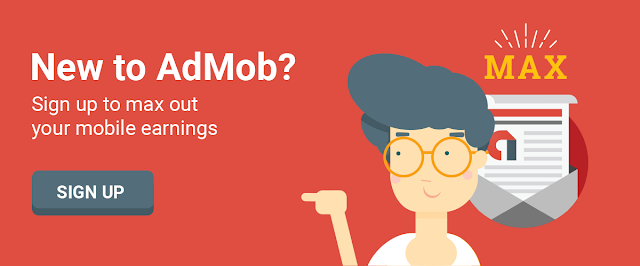AdMob’s native ads express is a quick and simple way to set up and monetize your native ads effectively. Three developers share their success stories of switching to native and growing both their revenue and business.
1. Word Search by Pink Pointer
Word nerds all over the globe can’t get enough of Word Search (also known as Word Find, Word Seek or Word Sleuth), a Latin American word search puzzle game with more than 22,000 puzzles, distributed in 37 languages.
How they use native ads:
Native ads work well in content feeds, so Pink Pointer uses them in their feed of entertaining word search puzzles. When users log in to play, they see a list of all available puzzles. The native ad is embedded within this list, making it attractive, easy to spot, but never obtrusive.
Results:
By replacing banners at the top of the page, Thiago Lopes Rosa of Pink Pointer saw an increase of 50% in CTR and 90% in RPM - helping to maximize revenue, without compromising user experience.
Tip from developer Thiago Lopes Rosa:
“I recommend creating different ad units for each placement of native ads. This way you can analyze the performance for each one individually and take appropriate actions and gain insight on how to improve.”
2. Battery Doctor (also called Battery Saver) by Cheetah Mobile
330 million users have booked a consult with Battery Doctor, an app which measures the worst offenders in mobile phone battery usage and offers an optimization feature that stops power-guzzling apps with a single tap. The popular tool is the brainchild of one of the world's leading developers, Cheetah Mobile, who boasts over 600 million active monthly users.
How they use native ads:
Battery Doctor measures app usage and gives users a prediction of remaining power in a list of informational cards. Within this list, a native ad is seamlessly shown as its own card.
Results:
Using native ads gave a powerful charge to Cheetah’s revenue. According to Charles Fan of Cheetah Mobile, “our Battery Doctor monetization revenue went up 400% and those are pretty amazing results.”
Tip from developer Charles Fan:
“Look for areas where you can integrate native ads without disrupting app workflow or user flow.”
3. Chinese Calendar by Linghit Limited
Those needing a glimpse into the future turn to Linghit’s Chinese Calendar app, a divination guidance and calendar, based on traditional Chinese beliefs and lunar calendar. The app highlights optimal times and days to hold important events like weddings and also to plan holidays, renovations or relocations.
How they use native ads:
The app features facts about each day’s festivals, holidays, and lucky “five elements”, according to Chinese tradition. This daily rundown is presented as a card and provides the perfect spot for Linghit to display a native ad.
Results:
Native ads held all the luck for Jinnee Lee of Linghit Limited. “After implementing native ads, our ad impressions increased by 114% and ad income increased by 100%.”
Tip from developer Jinnee Lee:
“Native ads are more intuitive, so display them in more prominent positions within apps. We were able to view the effects on user click-through rates in real time based on the information in the ad backend. We could make quick adjustments to the native ad to maximize the effect of the ad.”
New to native ads? Check out our help center.
Until next time, be sure to stay connected on all things AdMob by following our Twitter, LinkedIn and Google+ pages.
Posted by Chris Jones, Social Team, AdMob.













